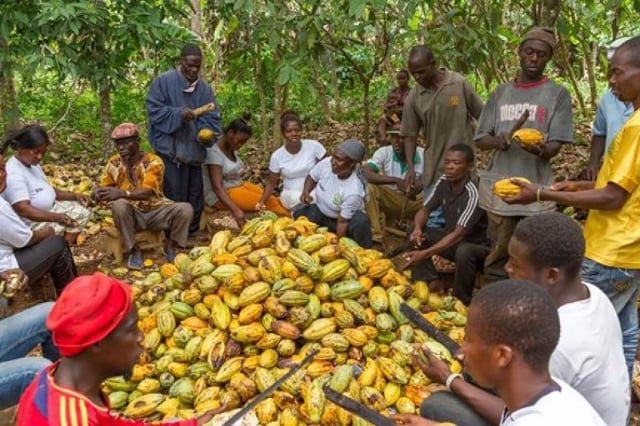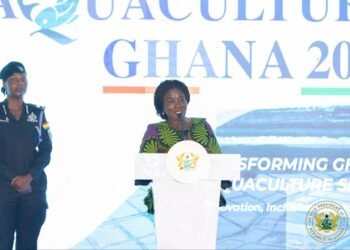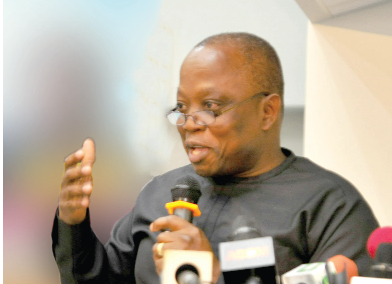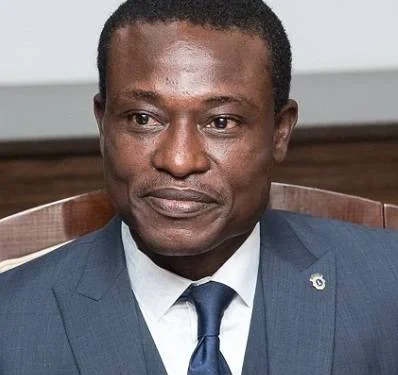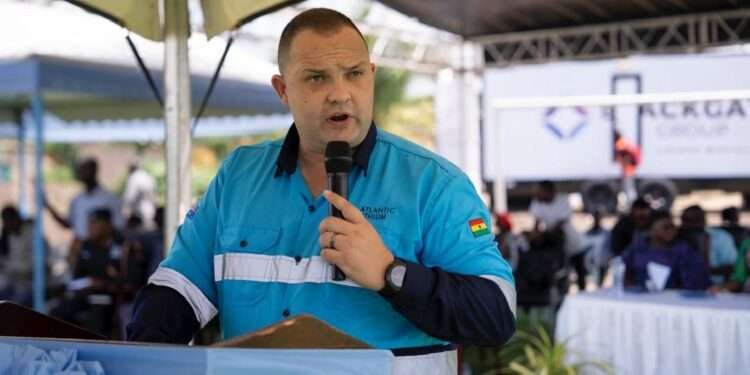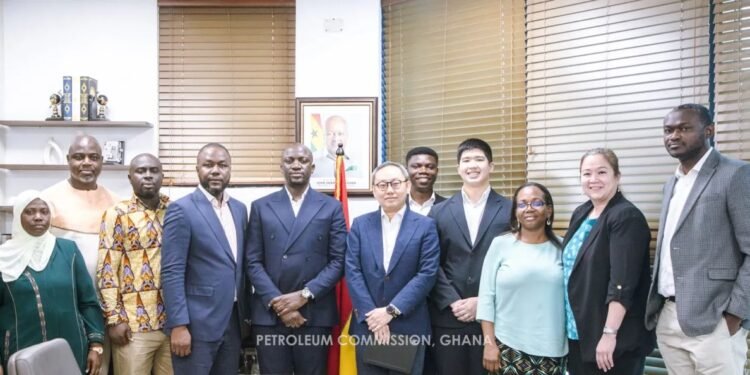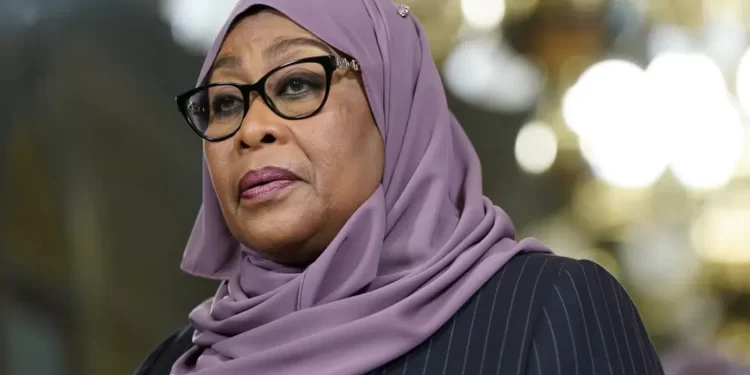Cocoa farmers numbered 560,808, benefited from US$ 13.9 million out of the US$ 21.8 million carbon funds released to Ghana by the World Bank.
The payment is made by the World Bank’s Forest Carbon Partnership Facility (FCPF), rewarding Ghana’s efforts to curb deforestation in cocoa landscapes.
The cocoa farmers are smallholders spread across six Hotspot Intervention Areas (HIAs)—from the lush Western Region’s Bia West to the Eastern Region’s Atewa.
Beneficiary families, including Juaboso, Asunafo North, and beyond, received payments via mobile wallets or cooperative payouts.
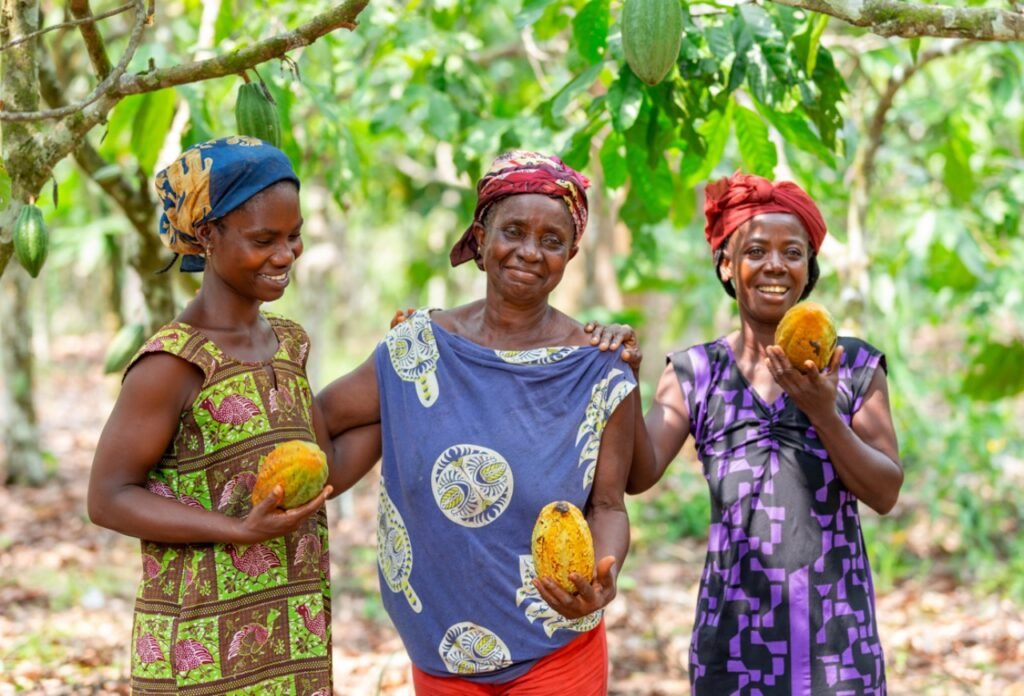
The Cocoa Problem
Cocoa production in Ghana began a while back. It provides about 20% of export earnings and supports about 1.6 million households. The sector also employs about 800,000 smallholders on plots averaging 2-5 hectares. Notwithstanding, the sector can be viewed as a sharp double-edged sword.
Unchecked expansion in the past destroyed about 2.5 million hectares of forest since 2000. As a result, has released huge amount of carbon. The Hybrid cocoa produces more cocoa fruit and requires a lot of sunshine. For this reason, a number of cocoa farmers cut down tree shades which are supposed to absorb CO2.

Under the GCFRP, a public-private partnership, better practices are encouraged. This has resulted in healthier soils, resilient crops against erratic rains, and verifiable carbon adoption. Since 2019, about 140,000 cocoa farmers have scaled up.
Carbon Funds
Ghana is a beneficiary of the carbon funds because the country is part of a program that helps to reduce emissions by 4,351,626 tons of carbon dioxide equivalent (tCO2e). The US$ 21.8 million received is for the monitoring year period of 2019 – 2021, under the Ghana Cocoa Forest REDD+ Program (GCFRP).
The GCFRP is an implementation program that reduces emissions in the cocoa forest landscape throughout the country. The program, accompanied by the incentive, educated and guided small-holder cocoa farmers to implement proper agronomic practices for climate resilience.
GCFRP’s implementation began in 2019 to address the causes of deforestation and forest degradation. The program started due to the increasing destruction of forests and the ripple effect on cocoa production
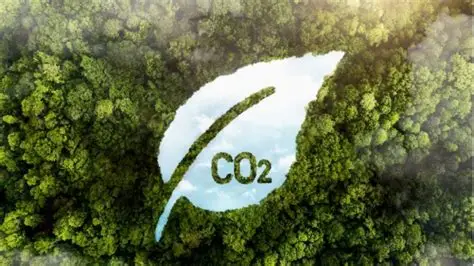
The main objectives of the GCFRP are to reduce expansionist cocoa production activities in forest areas, cut down emissions by about 40% within the 20-year lifespan of the strategy (2016-2035), and improve the livelihoods of cocoa farmers.
The GCFRP, which is a reward program, offers carbon credit payments from the global carbon fund when the Hotspot Intervention Areas (HIAs) yield results.
By 2024, the HIAs should reduce emissions by 10 million tons, with a unit yield of US$ 5, translating into US$ 50 million, according to the World Bank’s Carbon Fund agreement signed.
The HIAs were identified to ensure effective implementation of the program. National REDD+ Secretariat of the Forestry Commission, COCOBOD, and the chocolate industry and companies along the value chain designed the HIAs.
According to data from the Climate Change Unit of the Forestry Commission, US$ 4.9 million was received for 972,465 tCO2e for the 2019 monitoring year, and US$ 16.9 million for 3,378,161 tCO2e in 2024 to cover 2021 and 2022 monitoring years.
However, an amount of $28.2 million payment was unsettled by the World Bank covering carbon reduction benefits from 2022 to 2024.
Fund Distribution
According to the Benefit Sharing Officer at the Climate Change Unit of the Forest Commission, Ivy Ashiley, 39% of the US$ 21.8 million (about US$ 8.5 million) of the carbon payments went to relevant government institutions, including the Forestry Commission, Ghana Cocoa Board (COCOBOD), and the Metropolitan, Municipal and District Assemblies (MMDAs).
She also explained that the local communities’ share was not given to them directly but was redirected into community projects and climate inputs purchase. These include funding boreholes in parched villages, school blocks in remote hamlets, and drought-resistant seedlings.

The commission, however, designed a livelihood program for the cocoa farmers to receive sustainable sources of income during the cocoa off-season. The alternative livelihoods include arm-beekeeping hives for off-season income, mushroom cultivation kits, or even soap-making from cocoa pod husks.
According to Madam Ashiley, one of the cooperatives used US$ 50,000 to build a cassava processing unit, which has employed 45 women who used to be idle during the lean months. “These funds ensure no one starves when the pods don’t ripen,” Ashiley added. Madam Ashiley declared, “Cocoa is our blood, but diversification is our armor.”
READ ALSO: Africa’s Downstream Oil Market to Hit $120.8 Billion by 2032 — COMAC CEO

